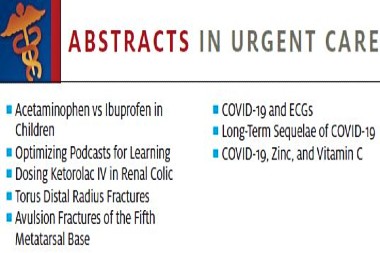Surgery—or Not—for Appendicitis? Oral Analgesics and Musculoskeletal Extremity Pain What Patient Don’t Know About Ionizing Radiation Risk with NSAIDs, Cox-2 Inhibitors, and Opioids in Fractures Inhaled Budesonide for COVID-19 Spread of COVID-19 within the Household Ivan Koay MBChB, FRNZCUC, MD Nonoperative Management of Acute Appendicitis Take-home point: This study adds to a growing body of literature suggesting that, in select patients, a nonsurgical approach to appendicitis management leads to similar outcomes. Citation: The CODA Collaborative …
Read More





